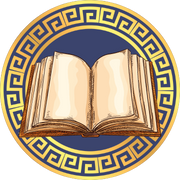What Muscles Are Used During Cycling?

What is Cycling?
Cycling is just another term for riding a bike, more specifically, bicycles.
It used to be a popular mode of transportation; now it is typically only used for exercise and recreation purposes.
It even has a dedicated sport to it, with various disciplines such as road cycling, mountain biking, and track cycling that cater to different interests and skill levels.
Short History of Cycling
1817 - 1870
Cycling's history dates back to the early 19th century. The first version of a bicycle, known as the "Draisine" or "hobby horse," was invented in 1817 by Karl von Drais. It had no pedals and was propelled by pushing with the feet.
In the 1860s, the first pedal-powered bicycle, called the "velocipede" or "bone-shaker," was developed in France. This design featured wooden wheels with iron tires and a crank mechanism for pedaling. It was followed by the "penny-farthing"
In the 1870s, which had a large front wheel and a much smaller rear wheel. Although popular, the penny-farthing was considered somewhat dangerous due to its high center of gravity.
1885 - 1890
The modern bicycle design, featuring equal-sized wheels and a chain drive, emerged in the 1880s with the invention of the "safety bicycle." Created by John Kemp Starley, this design greatly improved stability and safety, making cycling more accessible to the general public and leading to the bicycle boom of the late 19th century.
20th century and onwards
Since then, cycling has evolved into a global activity, driven by continuous advancements in materials and technology.
Today, cycling is a popular sport (in some countries), and modern bicycles are lighter, faster, and more versatile, featuring innovations such as aluminum and carbon fiber frames, advanced gearing systems, and aerodynamic designs.
Sources:
https://en.wikipedia.org/wiki/Draisine
https://en.wikipedia.org/wiki/Velocipede
https://en.wikipedia.org/wiki/Penny-farthing
https://en.wikipedia.org/wiki/Safety_bicycle
https://en.wikipedia.org/wiki/History_of_cycling
Muscle Groups That Are Activated in Cycling
What Lower Body Muscles are Activated in Cycling?
Quadriceps
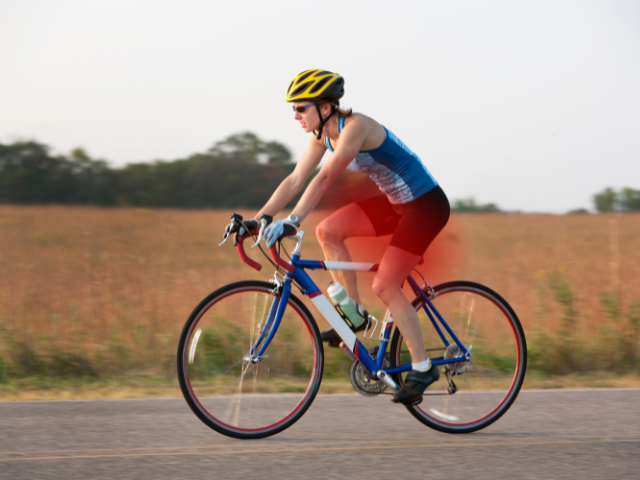
The quadriceps, commonly known as quads, are a group of four muscles located in the front of the thighs.
They play a crucial role in extending the knee and generating force, especially during the downward push of the pedal stroke in cycling.
Hamstrings
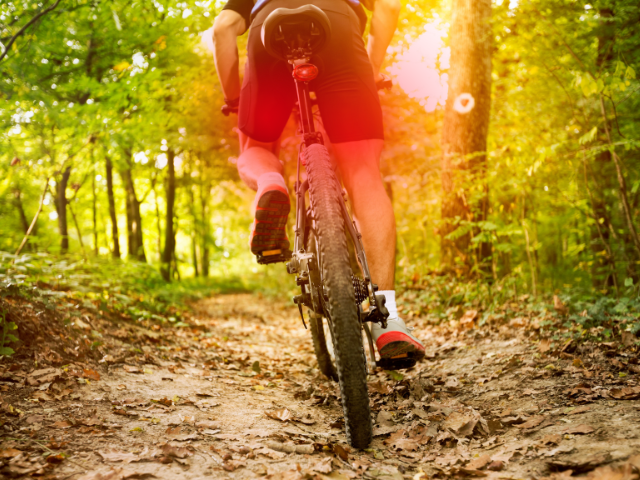
The hamstrings are a group of three muscles located at the back of the thighs.
These muscles are responsible for bending the knee and extending the hip, assisting in the upward pull during the pedal stroke.
Glutes

The gluteal muscles, comprising the gluteus maximus, medius, and minimus, are located in the buttocks.
They are powerful hip extensors and play a significant role in propelling the cyclist forward especially when climbing or pushing harder.
Calves
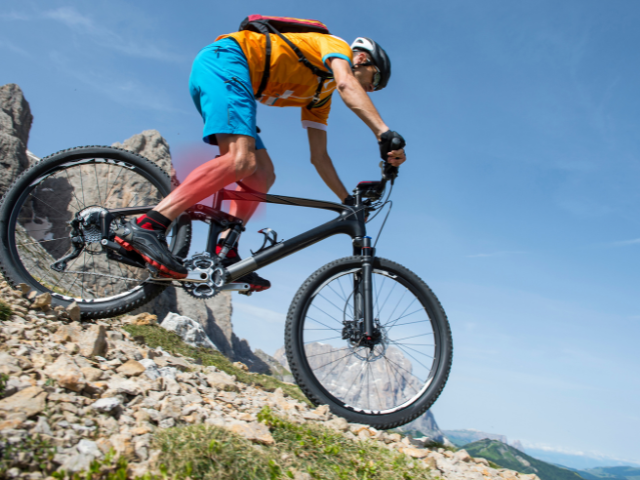
The gastrocnemius and soleus muscles in the calves help with the push-off during each pedal stroke.
Hip Flexors
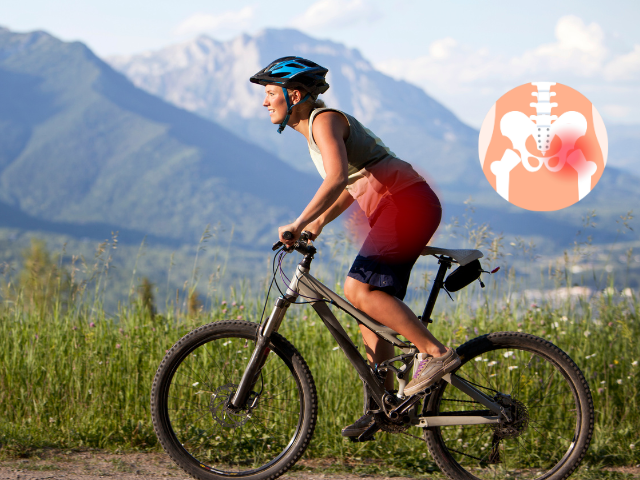
The hip flexors, including the iliopsoas group, are a set of muscles located near the front of the pelvis.
While they play a relatively minimal role in cycling compared to the other muscles, they are important during the recovery phase of the pedal stroke.
They assist in pulling the leg upward and bringing the thigh forward, helping to maintain a smooth and efficient pedaling rhythm.
What Core Muscles are Activated in Cycling?
This muscle group, the core muscles, is arguably the most important in cycling, as balance is crucial for efficient power transfer and overall control.
Abdominals and Obliques
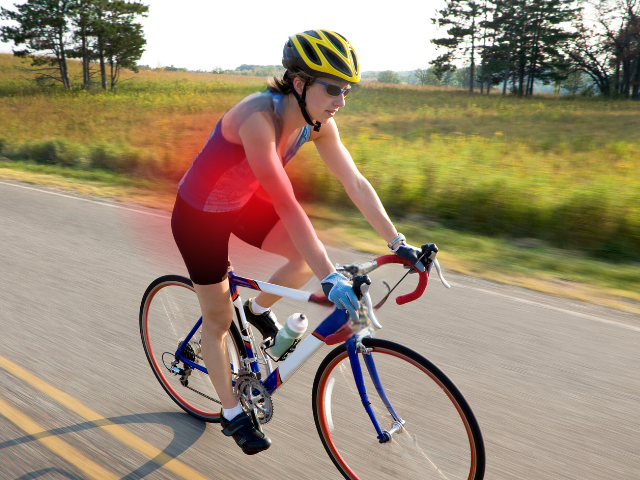
The abdominals and oblieques, and other core muscles help stabilize the body and maintain balance while cycling, especially when riding out of the saddle.
Lower Back
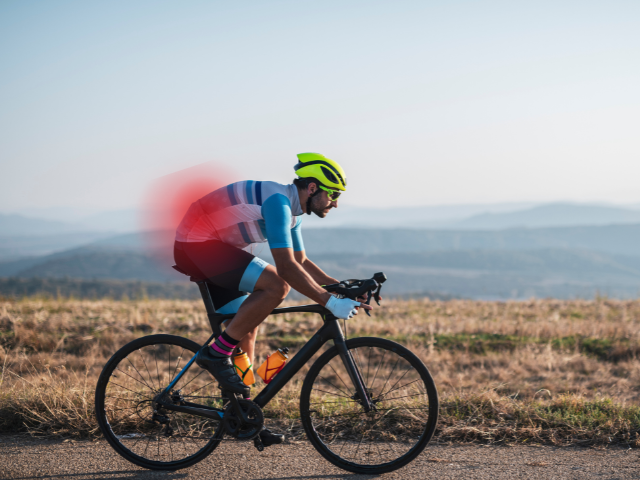
The muscles in the lower back support the upper body and maintain posture during cycling.
They help prevent excessive bending or swaying of the back, ensuring that your riding position remains stable and effective over long distances.
Shoulders and Arms
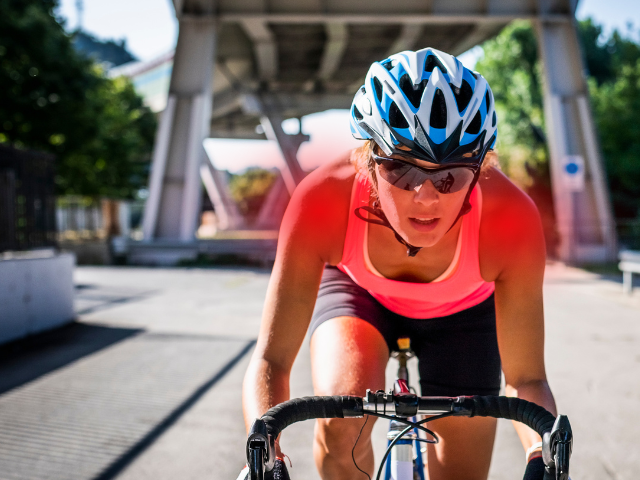
While not as heavily engaged as the lower body and core muscles, the shoulders, biceps, and triceps work to support the body, particularly when gripping the handlebars and controlling the bike.
THINGS TO KEEP IN MIND
Proper Nutrition and Recovery
Muscles and strength don't grow during training but rather during rest; maintaining proper nutrition and allowing adequate recovery time are crucial.
Work on Cycling Technique and Skills
Improving your cycling technique and skills, such as cornering, braking, and bike handling, is the only true way to get better at cycling.
Athleticism Matters
Building strength and endurance in key muscle groups, such as the core and legs, is vital for improving cycling efficiency and power.
Examples of cycling-specific exercises you can include in your workout routine:
- Hill climbing
- Sprints
- Endurance Rides
Copyright ©2024 by Marshall Vulta
Download the blog post in PDF form:
